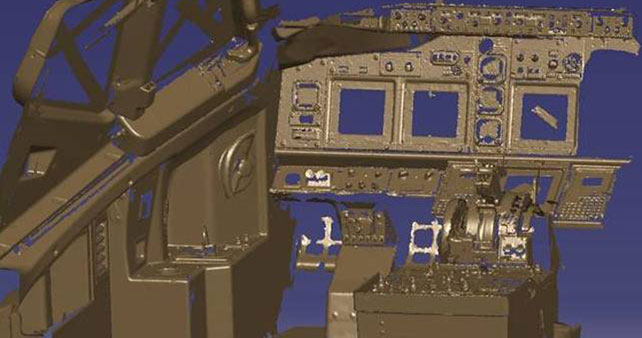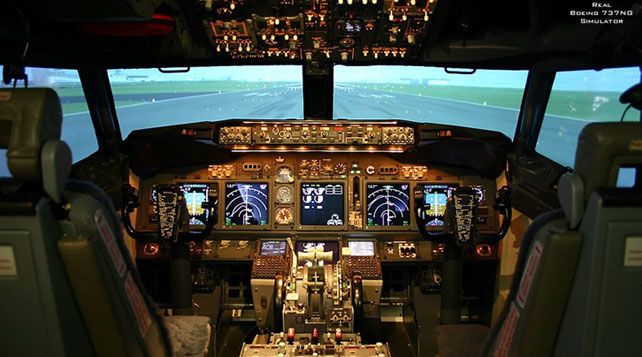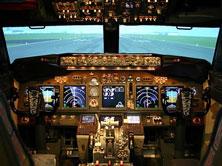
Some aircraft designs stand the test of time. Unfortunately, some classy designs disappear due to tougher years in aero sales or a momentary market driven need for newer aircraft.
Still, many pilots and aircraft leasing companies are interested in these previous designs which appeal to them. 1st of all, they cannot bring themselves to believe that some day, these airplanes could simply not be available anymore. 2nd of all, they see amazing commercial potential in it.
Nowadays, numerous aircraft companies are emerging and bank on the fact that this market segment is not yet fully occupied. These entrepreneurs buy the rights to manufacture discontinued aircraft, and, from scratch, take on the challenge of reviving the spirit of these older birds.
The task at hand is not a simple one, as these aircraft were never designed in 3D CAD– this technology did not even exist at the time– and 2D drawings are often out of date. What remains to be done is the painstaking measurement of everything on the aircraft and amendment of the drawings, if even available.
However, thanks to 3D scanning, this process can be quite simplified.
Modern technology for the sake of aircraft history
Creaform has developed a unique expertise in the reverse engineering for aerospace applications and particularly towards engines, cockpits, airframes, turbines and wings.
Creaform was involved in the 3D laser scan of a small 4 seater derived from a German design. The company who built this aircraft had bought the rights to manufacture it under their name, but could not rely on the 2D drawings it had acquired. At the time, these drawings had not been updated with the modifications made to the manufactures 3D parts. Thus, the people in charge of the project decided to use laser scanning and CAD surfacing technologies in order to build the panels, the wings and other air-washed surfaces in a fast, cost-effective and simple way. Aware of the strong reputation that the company has acquired in the aerospace field in the past years, they decided to hire Creaform to carry out the project.
The whole project spanned over 5 weeks: the first week was spent scanning the surfaces (on or off the aircraft) with a Creaform Handyscan 3D self-positioning handheld laser scanner and post-processing the scanned data, while the remaining time was spent working in CATIA V5 in order to reconstruct the surfaces and the moulds.
The action plan
Scanning the part with the REVscan laser scanner…
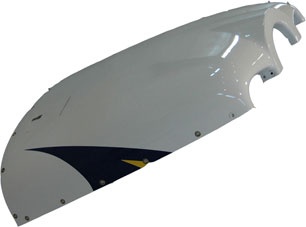
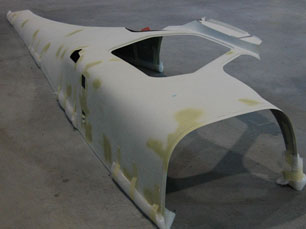
…to generate data imported into CATIA V5 and a STL file…
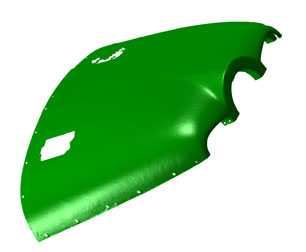
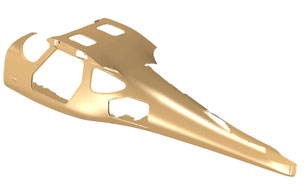
…to a surface model in CATIA V5…
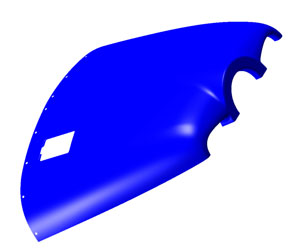
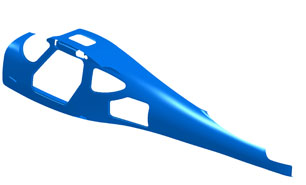
…to………
A final aircraft built from the digitized data.

The end
This fast and accurate breakthrough technology has proved to be extremely efficient in the completion of extensive and complex projects such as this one. Without a doubt, Creaform’s Handyscan 3D handheld self-positioning laser scanners are the little miracle that old aircrafts aficionados were waiting for. Thanks to this technology, it is now possible to preserve the aerospace legacy that has been left to us throughout the years and to pass it on to the generations to come.
